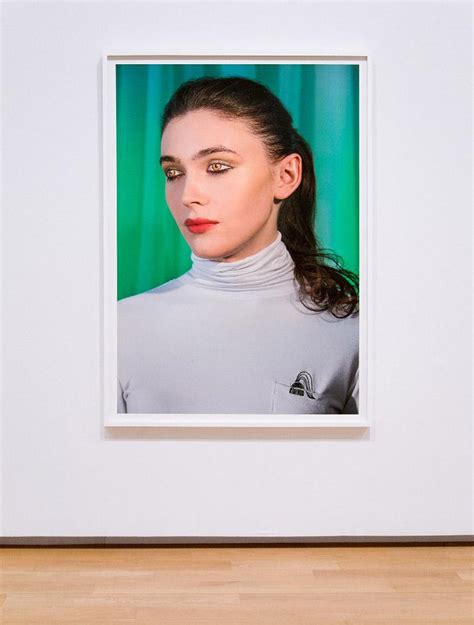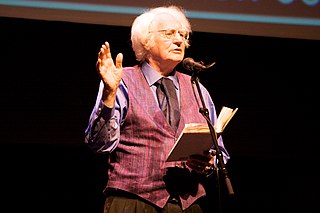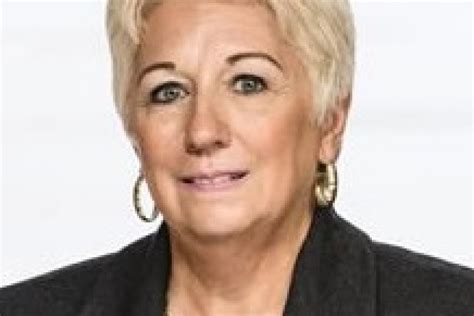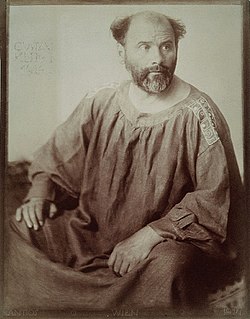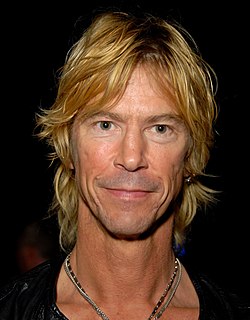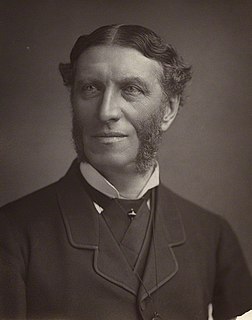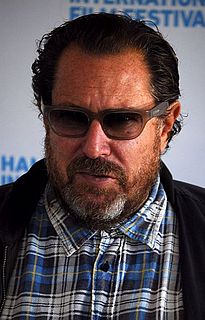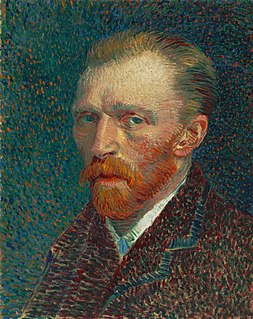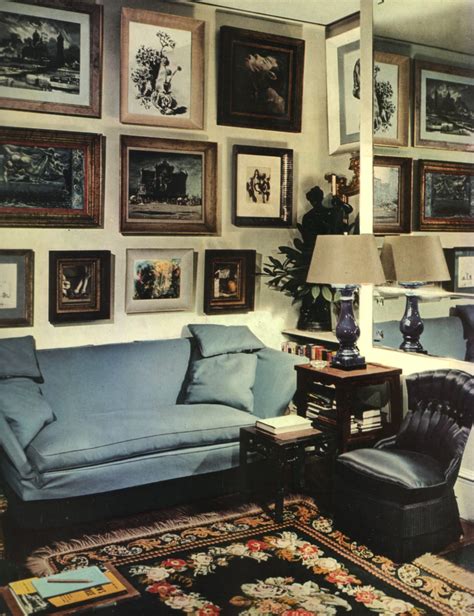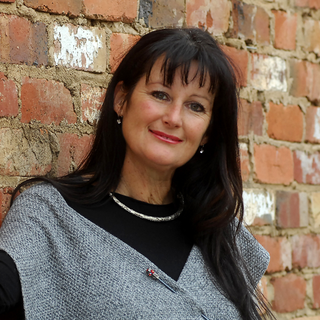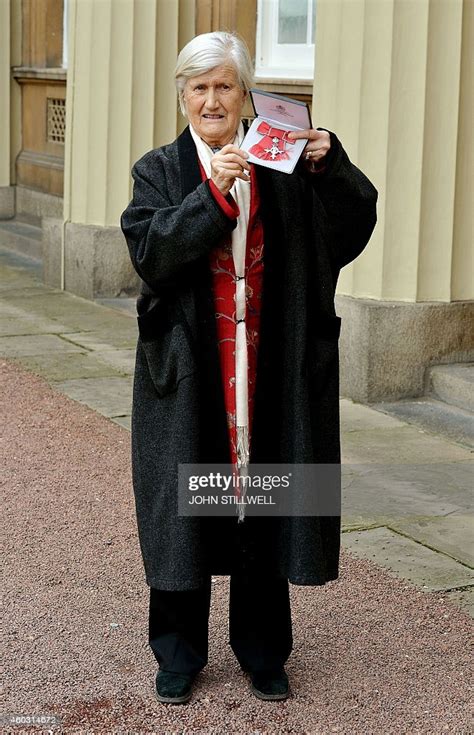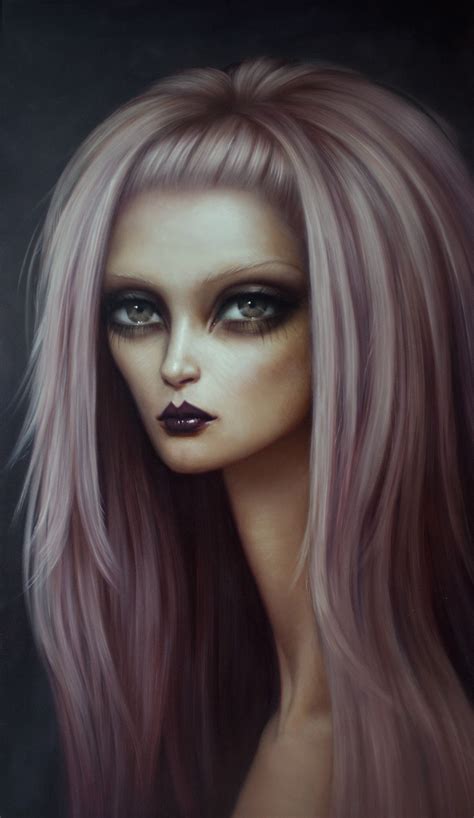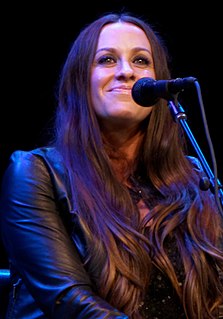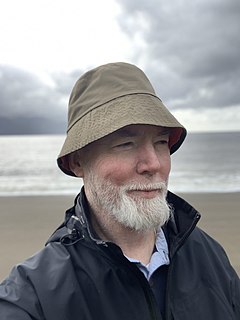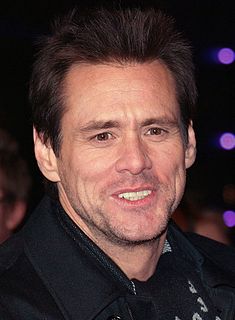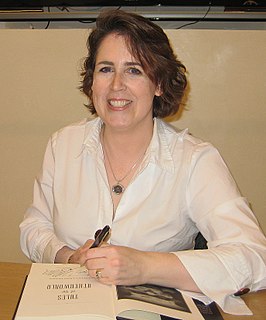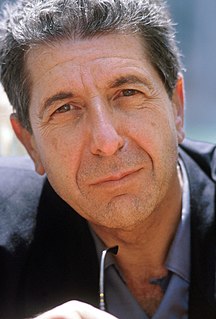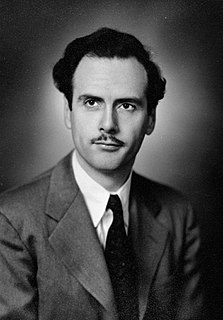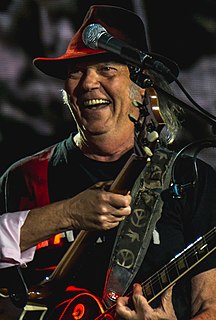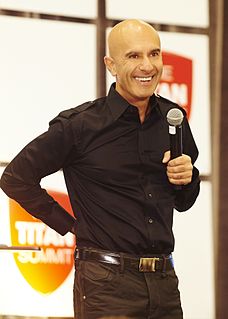A Quote by Walter J. Phillips
In painting, whether colour reflection is apparent or not, every hue must echo neighbouring hues, so that homogeneity may be attained.
Related Quotes
Color is a major element in scale. A small room can have a larger look by the use of closely related values, hues, and intensity. A large room can be made to look smaller by marked contrasts of color and value, hue, and intensity. Value is one of the most important elements. Whether light or dark, little value contrast makes for unity, and sharper contrast makes for stronger punctuation.
The ideal garden is one in which a collection of trees, shrubs and plants have been procured and allotted to the best space available and are so arranged and tended that they are seen to their advantage, each in relation to the other. Every plant, of whatever shape or size, should be chosen not only for its individual merits but for its power to enhance the charms of neighbouring plants by contrast or combination in foliage or in flower colour.
Painting has always been a means of self-expression for me. Therefore, I paint because I have to and need to, not necessarily because I want to. Subconsciously or not, the figures I paint are a reflection of myself and whatever mood I am in at the time, so every painting is in essence a self-portrait.
I first came up with the idea for the colour-chart pictures back in 1966, and my preoccupation with the topic culminated in 1974 with a painting that consisted of 4,096 colour fields. Initially I was attracted by the typical Pop Art aestheticism of using standard colour-sample cards; I preferred the unartistic, tasteful and secular illustration of the different tones to the paintings of Albers, Bill, Calderara, Lohse, etc.

